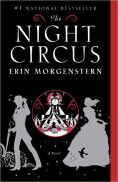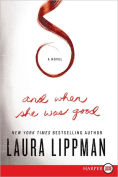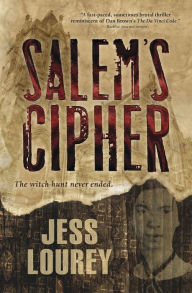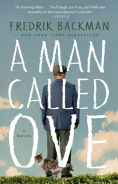Judging by reader reviews, this is a book you love or hate. It is the story of a circus, one that “arrives without warning” and whose tents and even the ground around them are black and white. No other color intrudes.
I should have been warned right there.
The point of view is third-person omniscient, meaning that the story is told from the perspective of a distant and unnamed consciousness who knows everything that goes on in people’s hearts. Thus we enter the minds of no less than fifteen characters.
The two main characters are Celia and Marco, whom we first meet as small children who have come under the care of two magicians. These two father figures, whom we later discover are fantastically ancient, profoundly disagree about the place of magic in the world and long ago devised a competition to prove their respective points. In this round, Celia and Marco will be their proxies and the circus their gameboard.
After a long introductory section devoted mostly to their training, Celia and Marco begin devising magical attractions for the circus, aware that they are competing (though initially Celia does not know with whom), but not what the stakes are. We know that they couldn’t be higher. Of course, the two young people fall in love, just to make things harder.
There is much that I loved about this book. The circus attractions are astoundingly creative: a pool of tears where you drop in a stone to leave your grief behind, a cloud maze where you climb “a series of platforms swooping in odd, diaphanous shapes, quite similar to clouds” and jump from them without injury. And each contains an element of emotional truth about our humanity, reminding me of Italo Calvino’s Invisible Cities. For example, another character, Widget, creates a tent of bedtime stories, full of tables and shelves stocked with all sizes and sorts of bottles. When you uncork one you are enveloped by a mixtures of scents:
The scent that wafts from it is the unmistakable smell of the ocean, a bright summer day at the seashore. He can hear the sound of waves crashing against the sand, the cry of a seagull. There is something mysterious as well, something fantastical. The flag of a pirate ship on the far horizon, a mermaid’s tail flipping out of sight behind a wave. The scent and the feeling are adventurous and exhilarating, with the salty tinge of a sea breeze.
The magic is presented so matter-of-factly that it’s easy to accept, even as another part of your mind suggests that, to a boy, simply the smell of the ocean can evoke memories of Peter Pan.
Another thing that I enjoyed, though it took until almost the end of the book for me to appreciate it, is Morgenstern’s intricate plotting. She weaves together the stories of many characters and multiple timelines, inserting clues whose significance only becomes clear much later.
There is also much that I hated about this book. Those multiple timelines had me forever flipping back four or five chapters to understand how they fit together. Just one of these timelines had anything distinctive, a character named Bailey who only shows up in the most distantly future timeline. The others had the same characters doing similar things but back and forth in different years. Looking back, I can see how this way of organising the material enabled Morgenstern to unfold her story in an important way, but as I was reading, it was confusing and downright annoying.
The pace is mostly excruciatingly slow, especially in the beginning. I was quite bored and came close to giving up.
Worse, the characters are flat. They are good or bad. Period. Marco and Celia have no inner life, no goal other than the game imposed on them by the two evil magicians. Marco and Celia are so unrealistic as to be not even human—seriously, what teen would put up with the abusive training regimes their mentors devised for them? None of the other characters have much more to them, though at least they have interesting quirks. Only Bailey, whom we get little of till the end, has any inner life.
My opinion shifts, though, when I consider the book through the filter of Angela Carter’s definition of a tale: something not reflecting everyday experience, drawing on fairy tales and the unconscious rather than placing the reader in the experience of realistic characters. We don’t expect Hansel and Gretel to give dramatic monologues about their internal conflict. In fact, I see Carter’s influence here, though not acknowledged beyond a book written by a character mentioned once with the title of Carter’s novel, Nights at the Circus. I also see the influence of Ray Bradbury’s stories of dark circuses and carnivals.
As a novel, I would say this book deserves all the one- and two-star reviews it has gotten on Goodreads. As a tale, though, it earns the equally many four- and five-star reviews. Although a bit slow, it makes a fine tale. And you have the added delight of the imaginative attractions, whose descriptions are like gems scattered through the story.
Have you read a story that you consider more of a tale than a novel?



